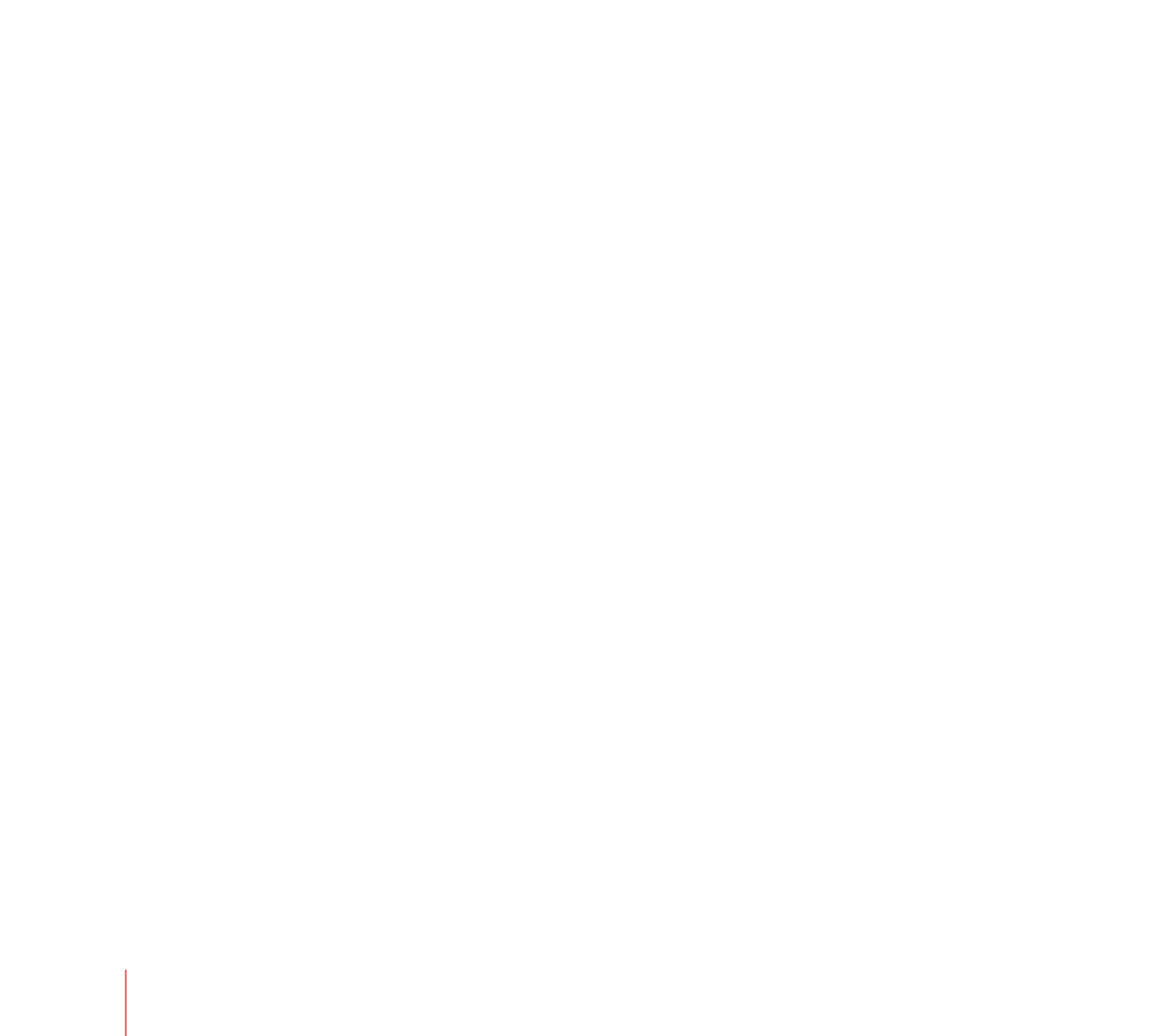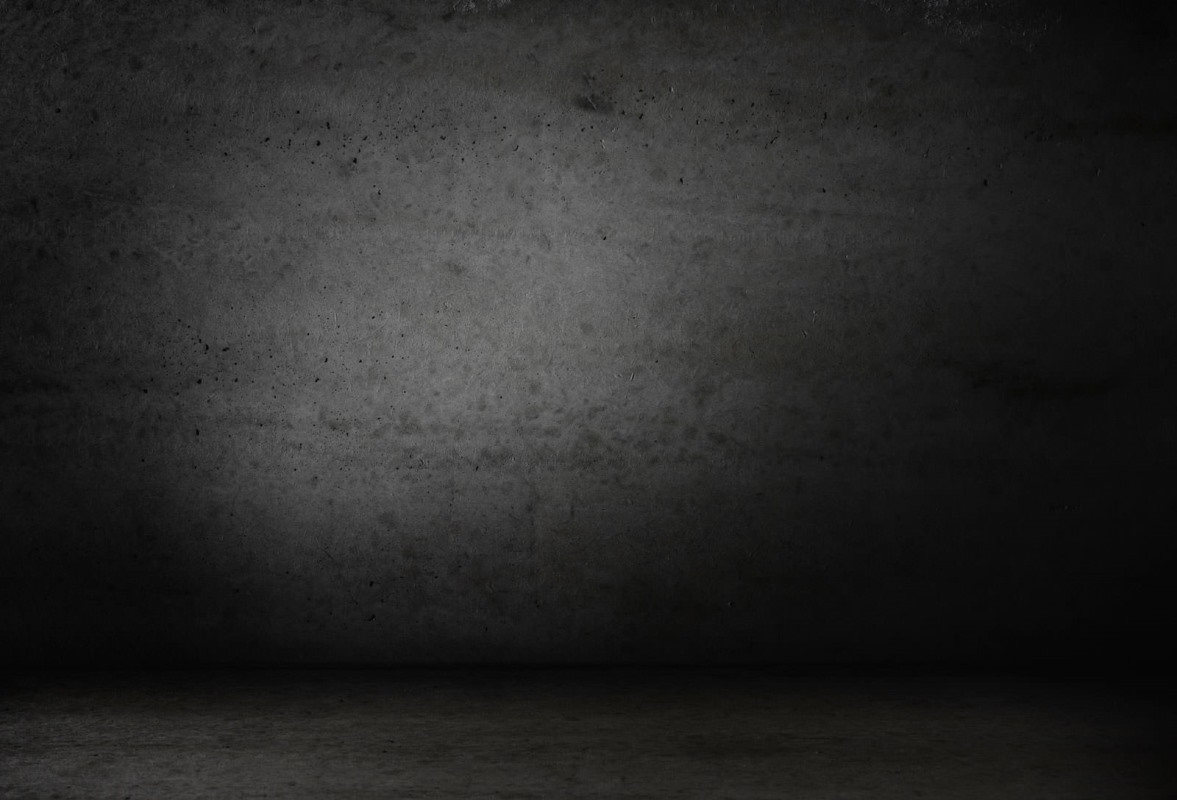

Adagio and Fugue in C minor K546
‘At last I can learn something!’ So Mozart is said to have exclaimed on discovering
manuscript copies of music by Johann Sebastian Bach (1685-1750) and George
Frideric Handel (1685-1759) in the collection of his friend and patron Baron Gottfried
van Swieten. It was in Swieten’s library that he spent two years immersing himself
in the most learned counterpoint, virtually swimming against the tide of the
Viennese fashions of his era. He transcribed, among other things, several fugues
by Bach.
The fugue we hear on this disc was composed in 1783, originally for two keyboard
instruments. In June 1788 Mozart made a version for strings to which he added the
introductory Adagio.
The Adagio in some respects recalls the opening of Handel’s
Messiah
, of which
Mozart conducted a performance around this time. This short introduction of
some fifty bars displays an astounding freedom of inspiration, like a sort of pre-
Romantic improvisation. It forms a striking contrast with the ensuing Fugue,
launched by the timbre of the cello. This in its turn evokes memories of
Messiah
: do
we not think of the chorus ‘And with his stripes we are healed’?
Yet the influence of Bach seems still more decisive here. One must imagine Mozart
discovering a manuscript of
The Musical Offering
. The subject of the fugue that
we hear – again in C minor, like the Adagio – is amazingly close to the one King
Frederick II of Prussia suggested to his guest on 7 May 1747.
InhisAdagioandFugue,Mozart not onlypays tribute tohis illustriouspredecessors,
but at the same time explores a universe inwhich he regards no stroke of harmonic
daring as out of bounds.
14 MOZART

















